Victorhugo
New Member
- Joined
- Mar 21, 2017
- Messages
- 13
- Reaction score
- 0
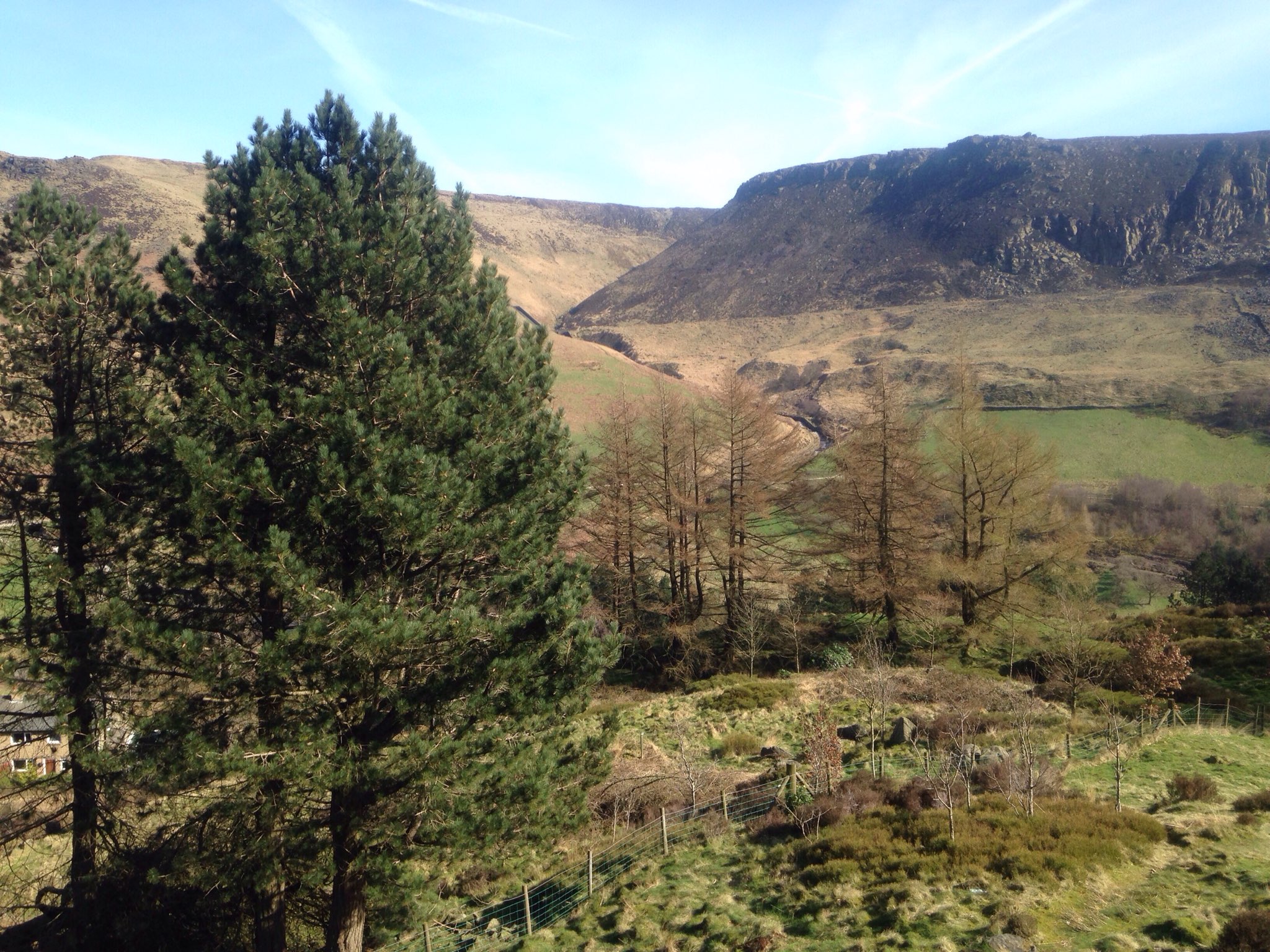
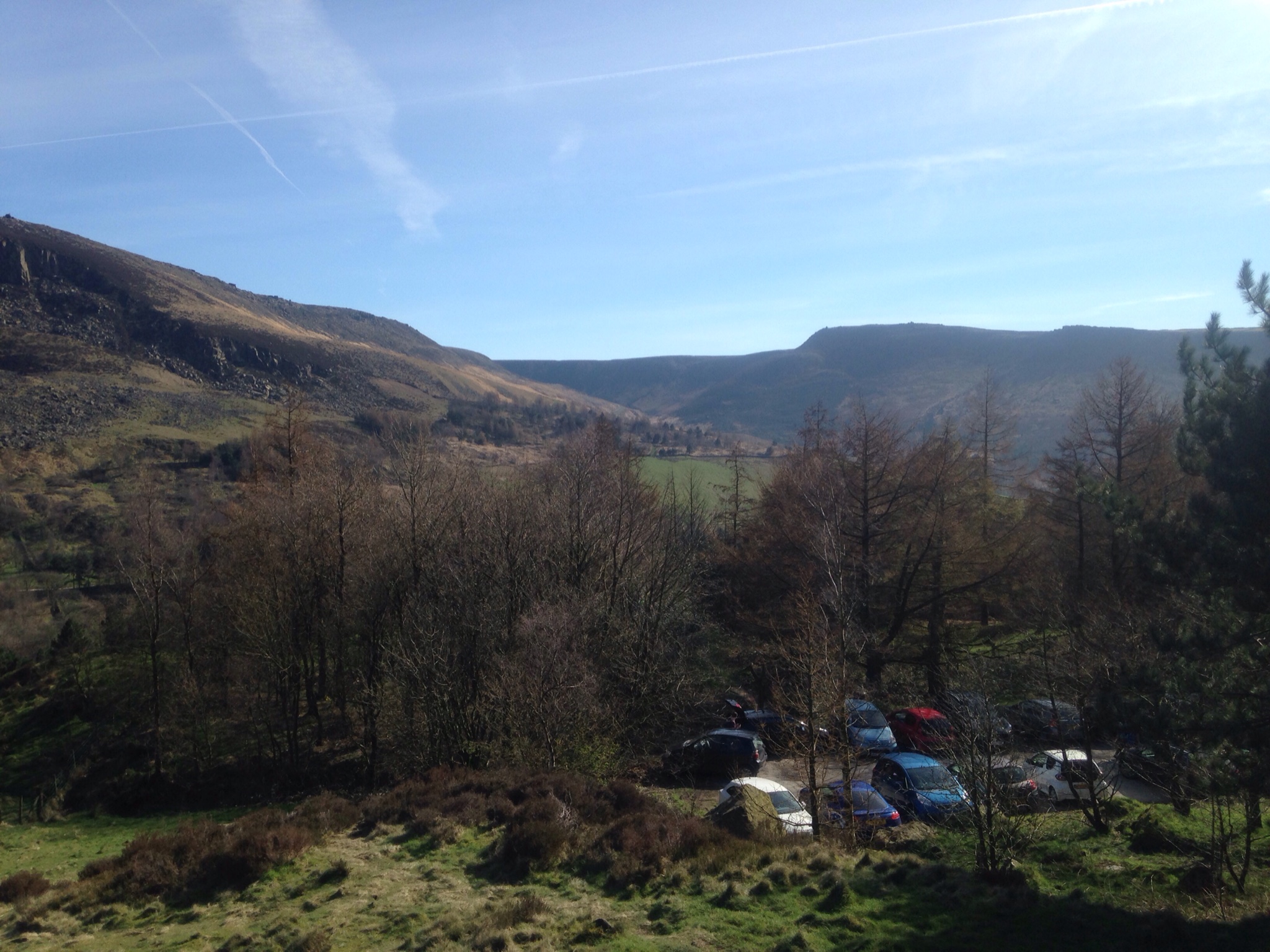
More from the binn green car park.
Sent from my iPhone using Tapatalk


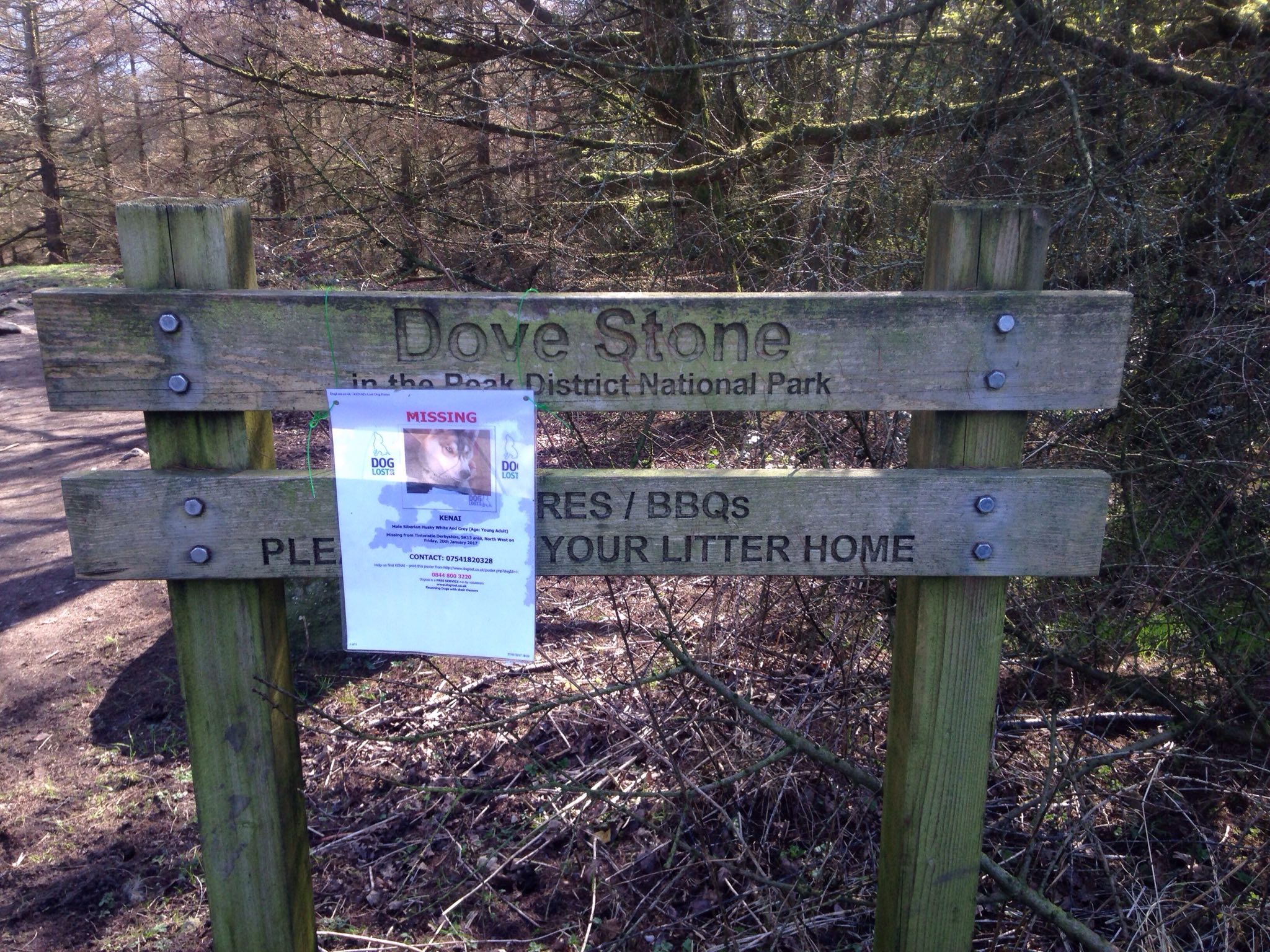
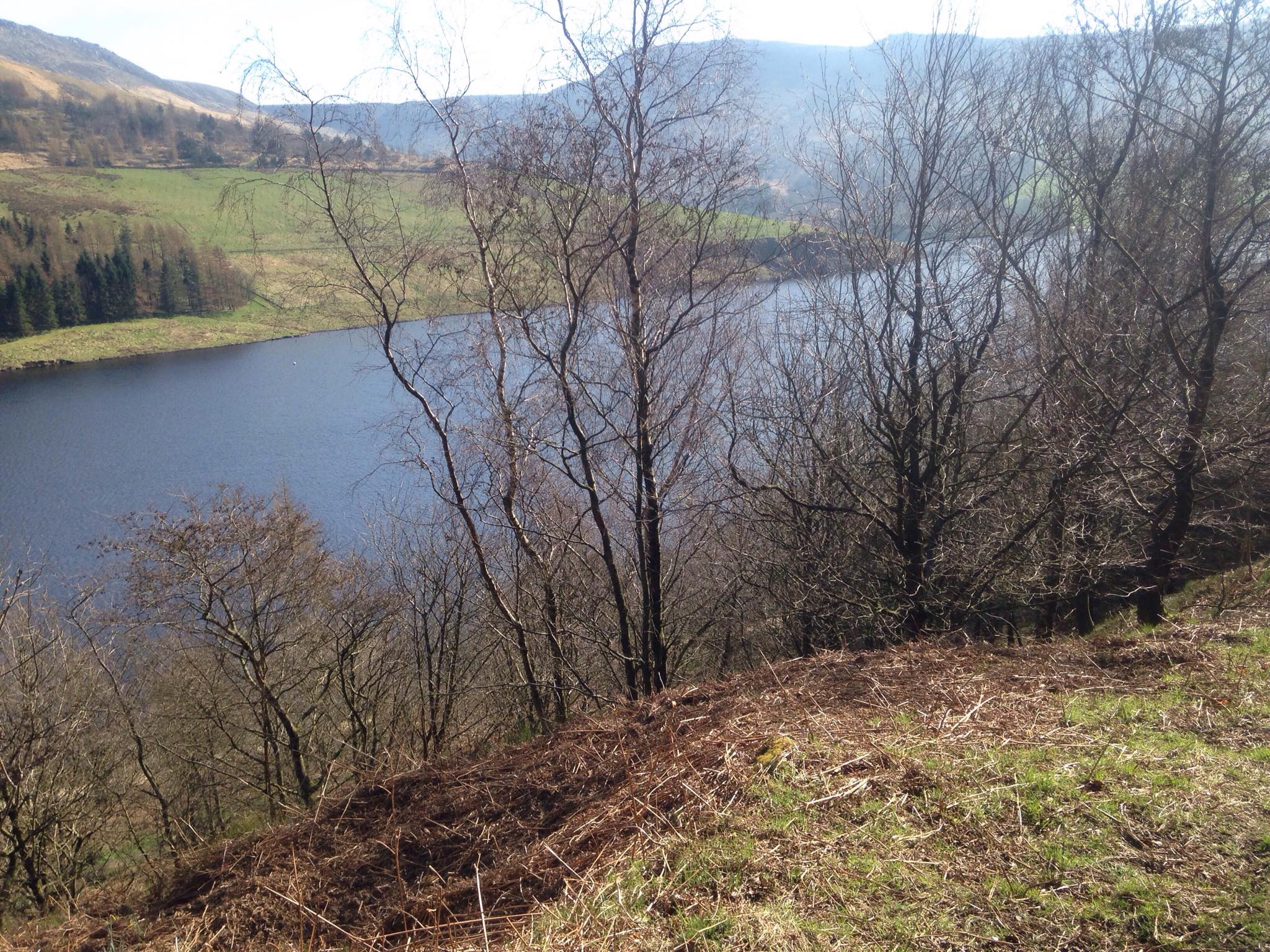
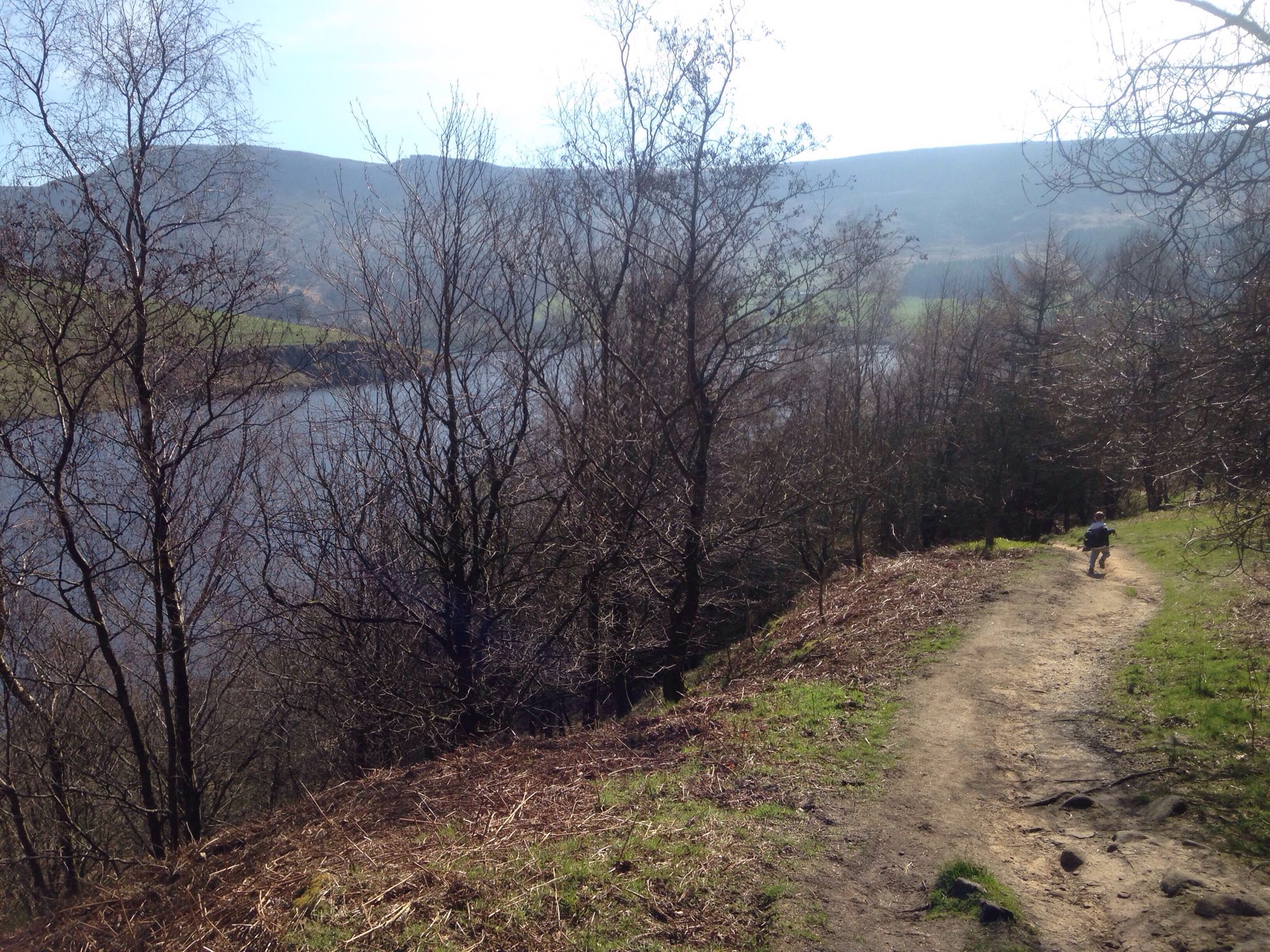
I'm not very computer savvy so have put first 2 pics up. If they are visible they were taken from the binn green car park the water is the resovoir above dovestones at the opposite end to Indian head.
As far as the documentary being "real", only pick up shots were reproduced for the cameras, such as the shot of the Policewomen Kelly and Nichola walking down a corridor to meet John Coleman. Everything else was genuine and as was shot in real time.
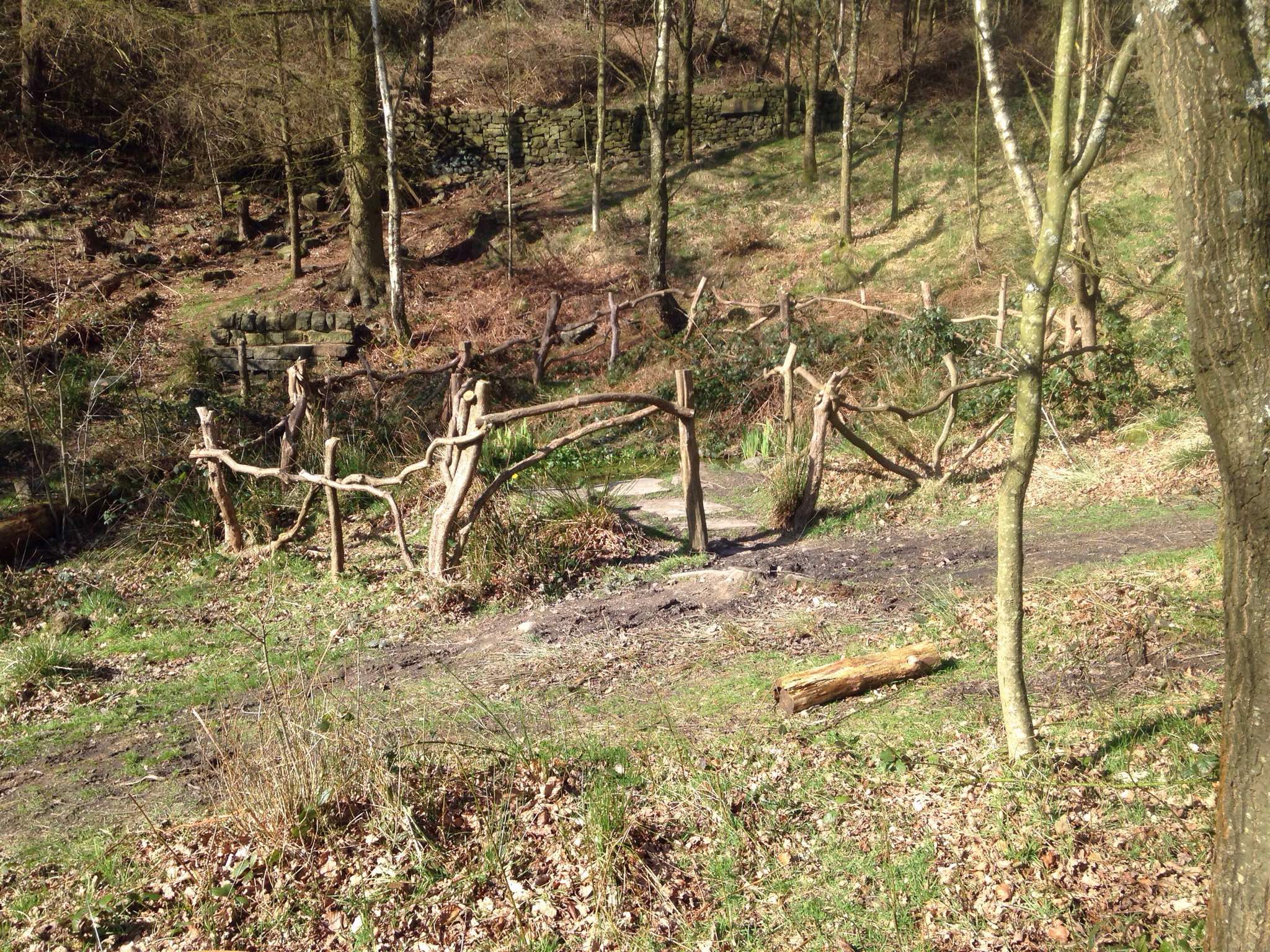
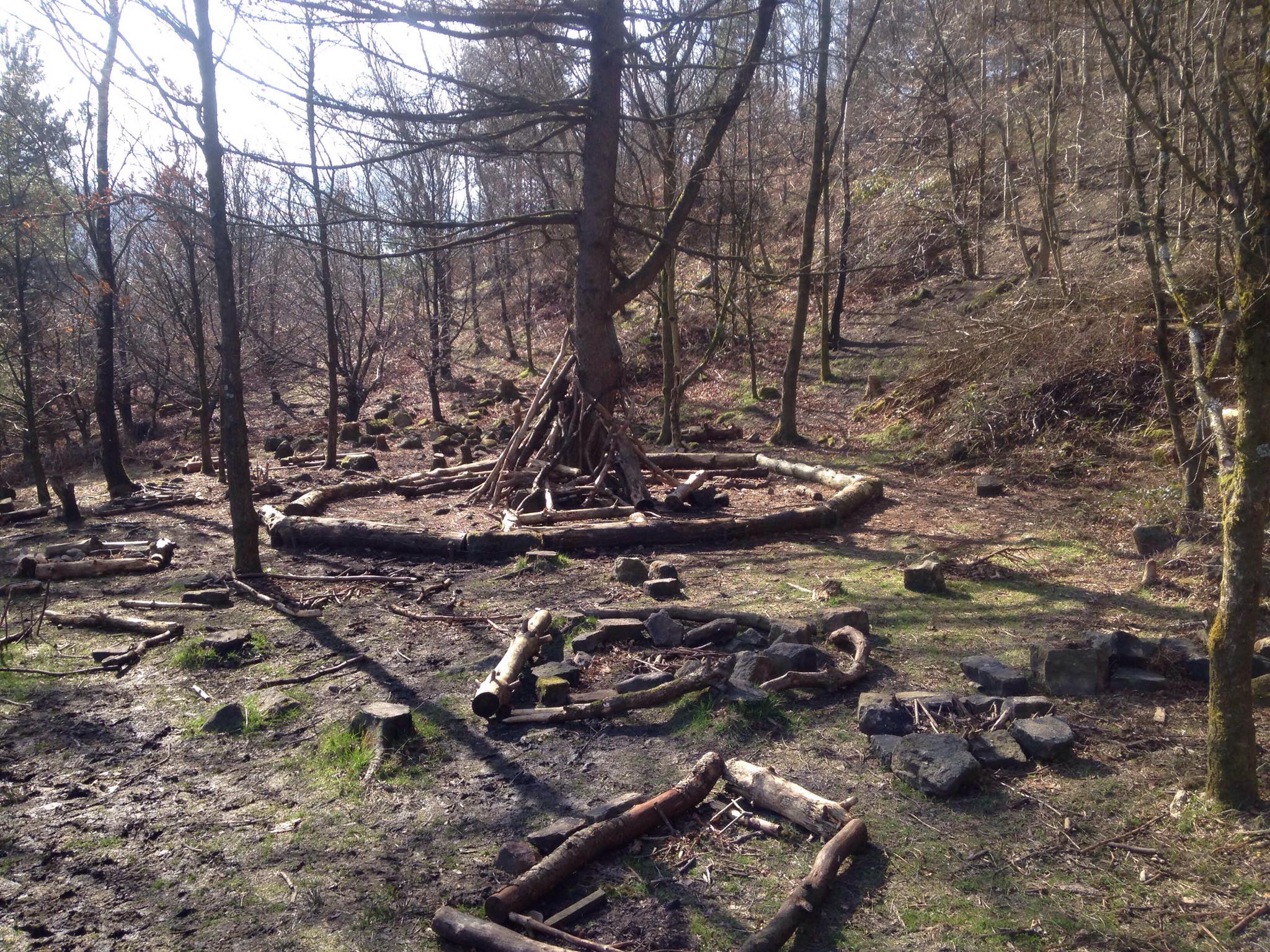
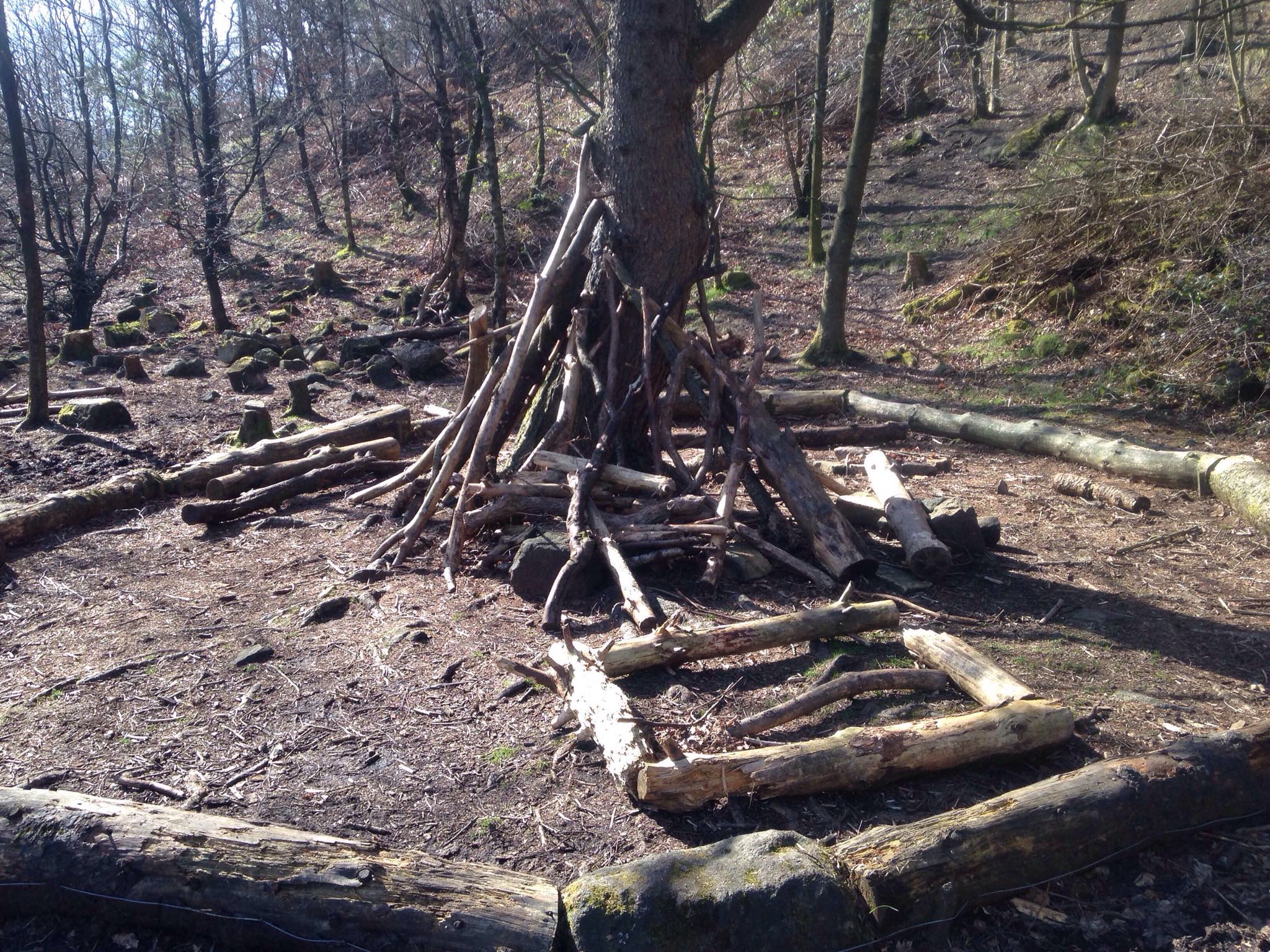
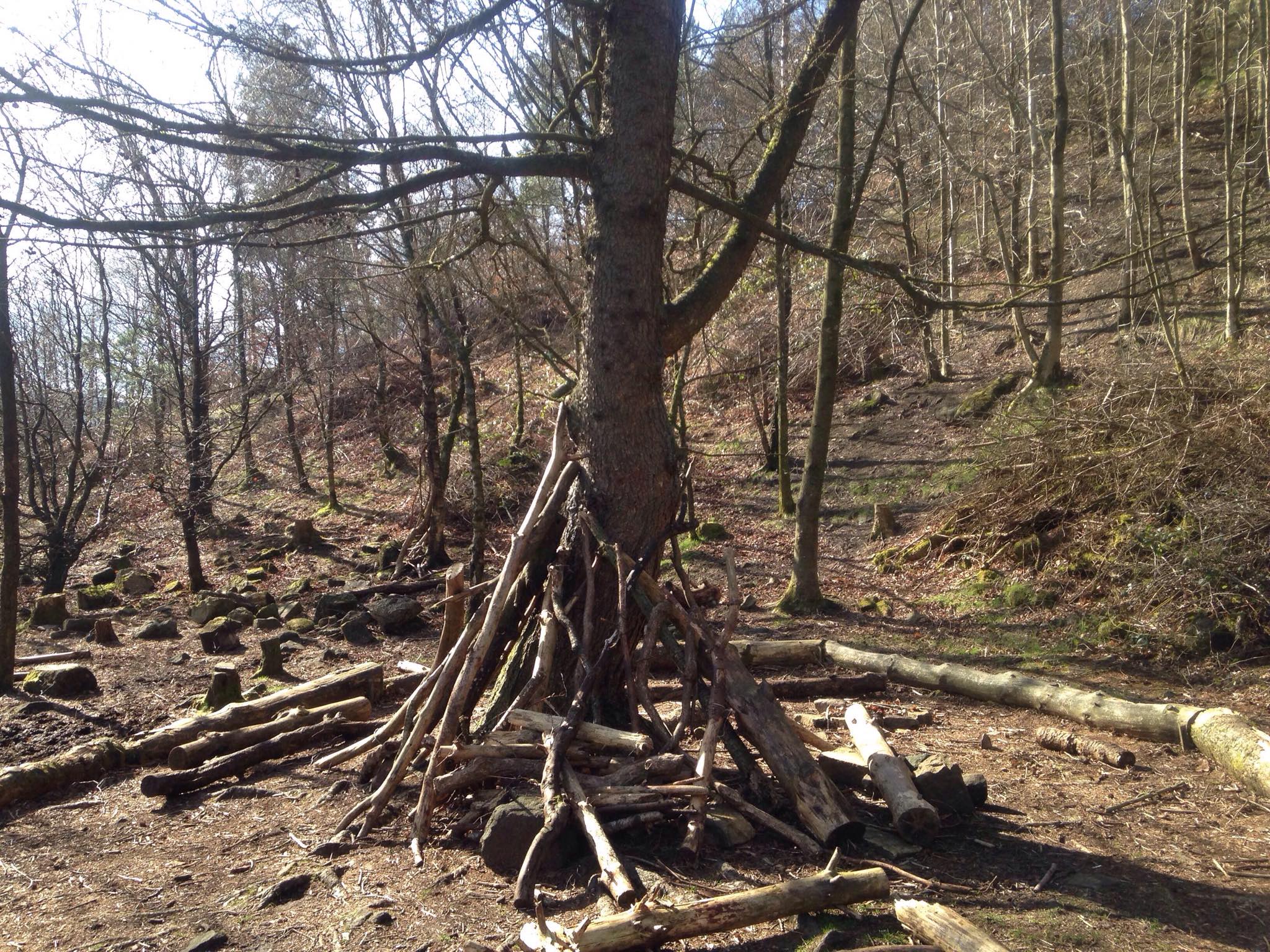
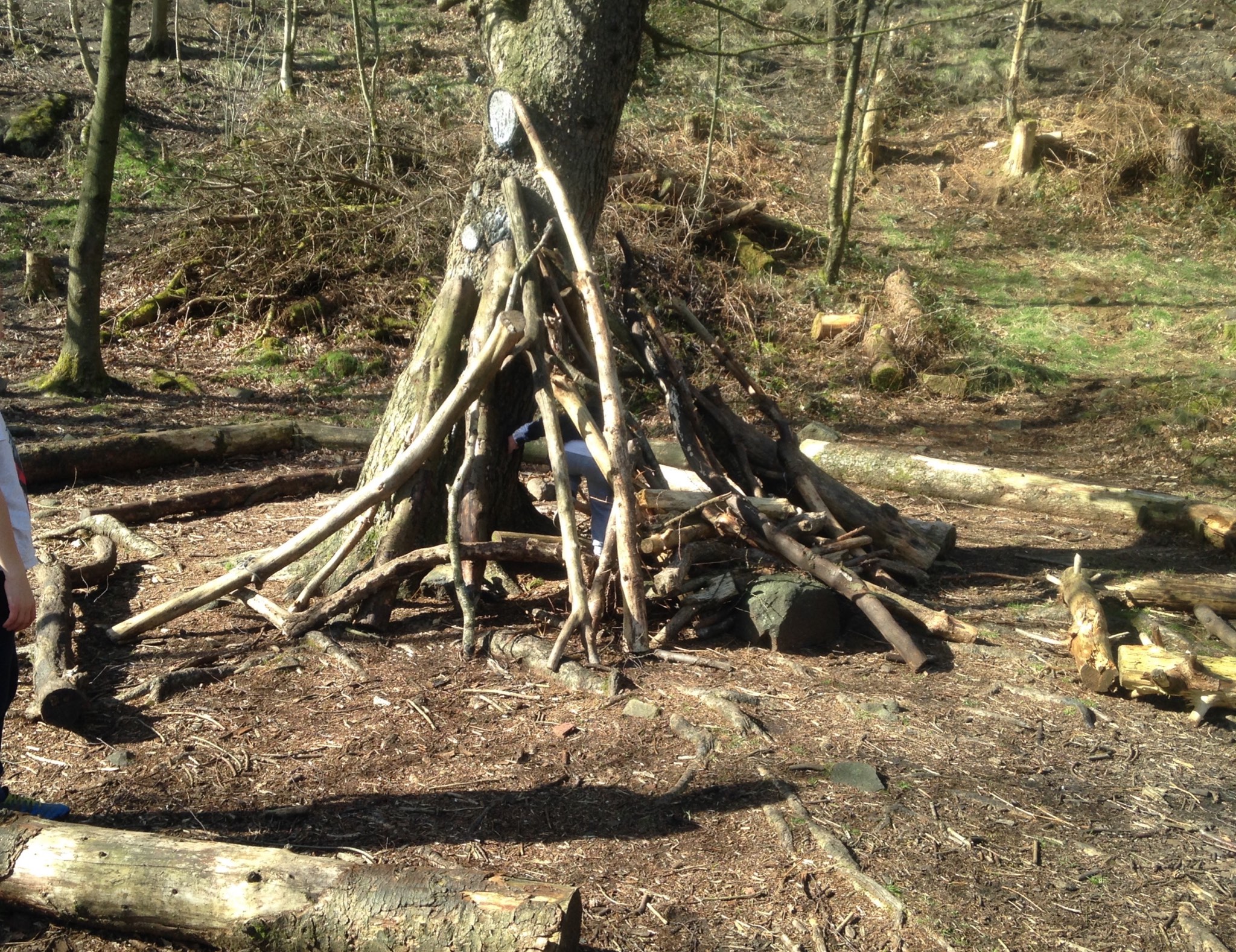
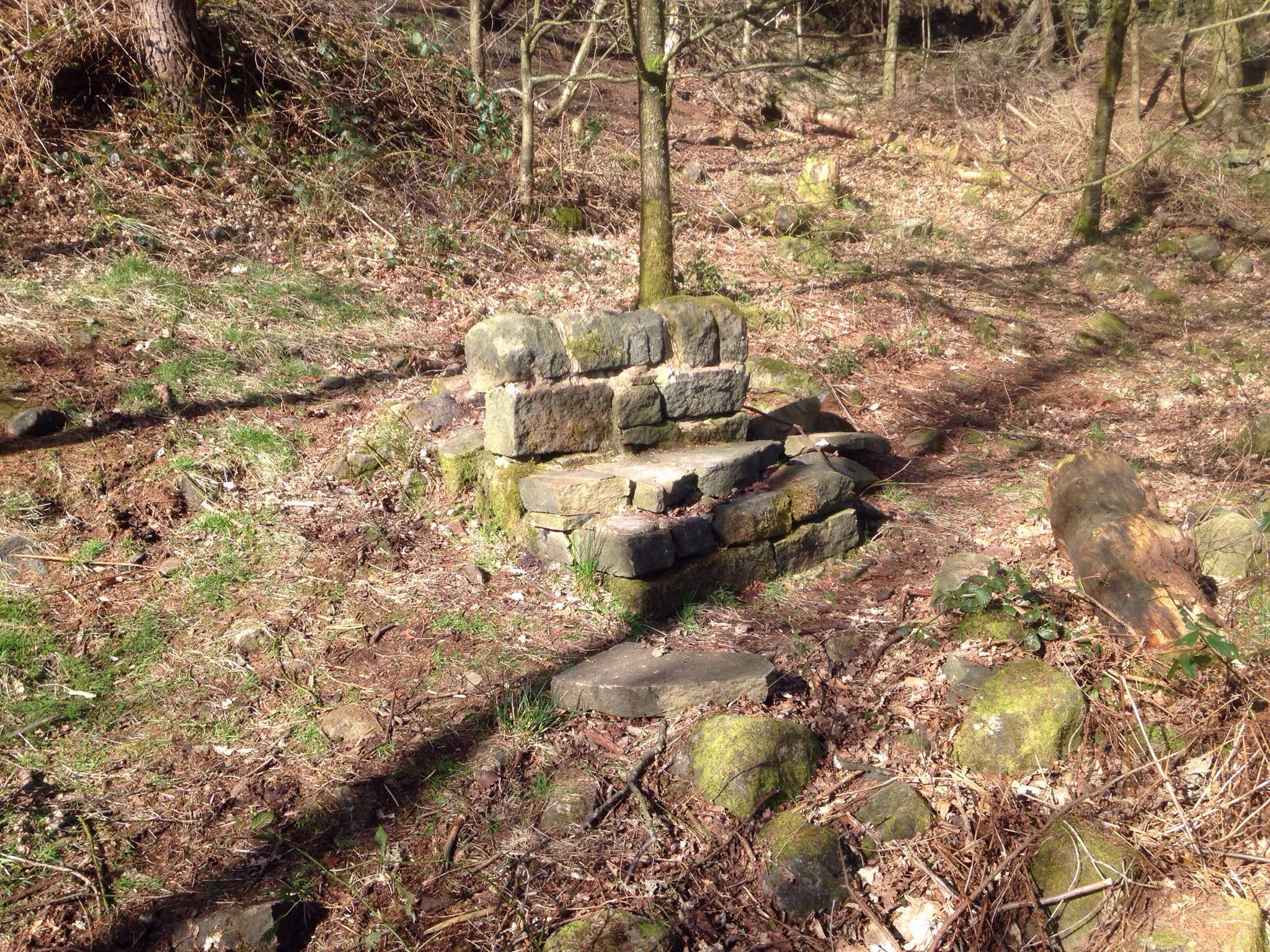
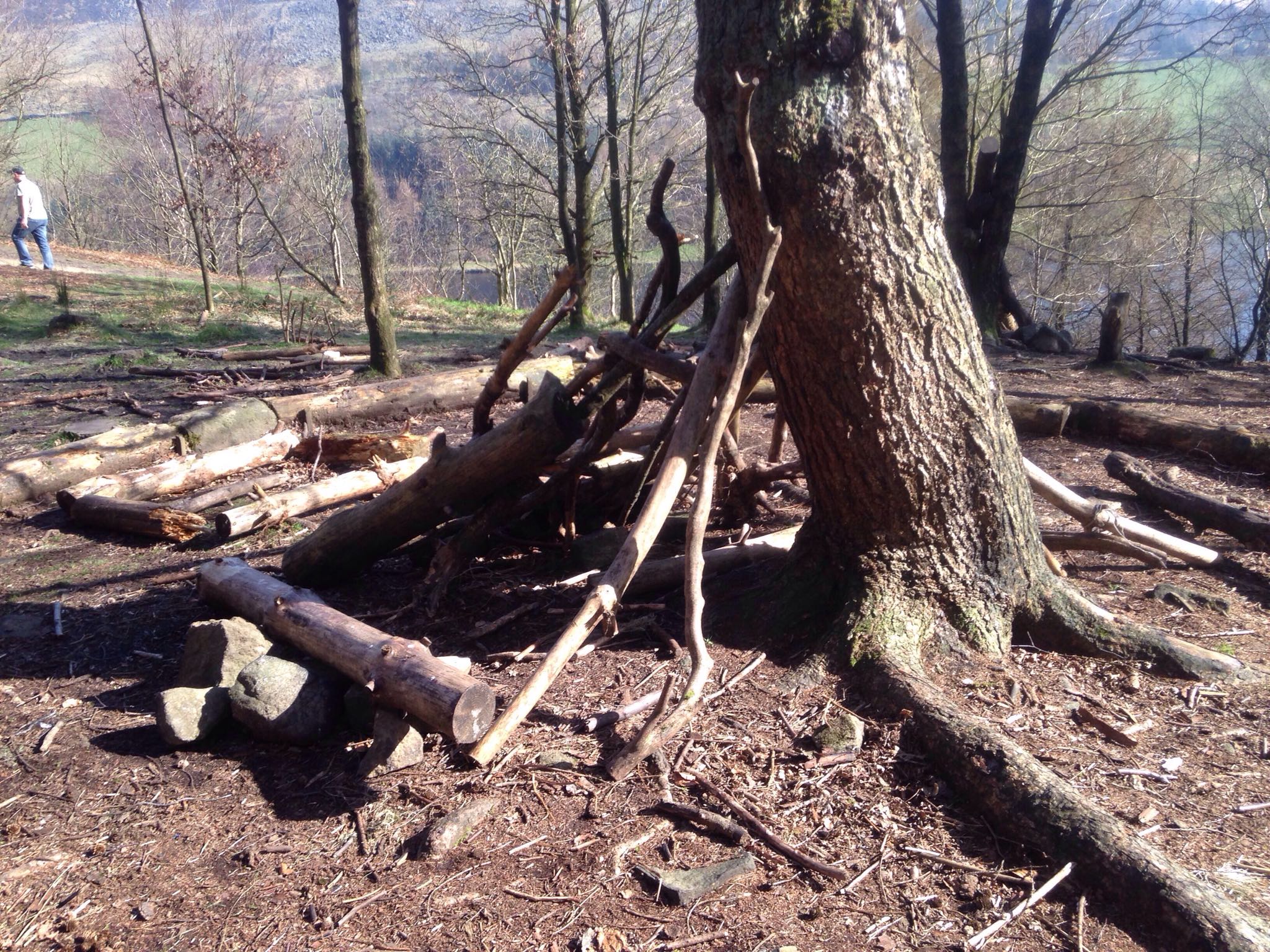
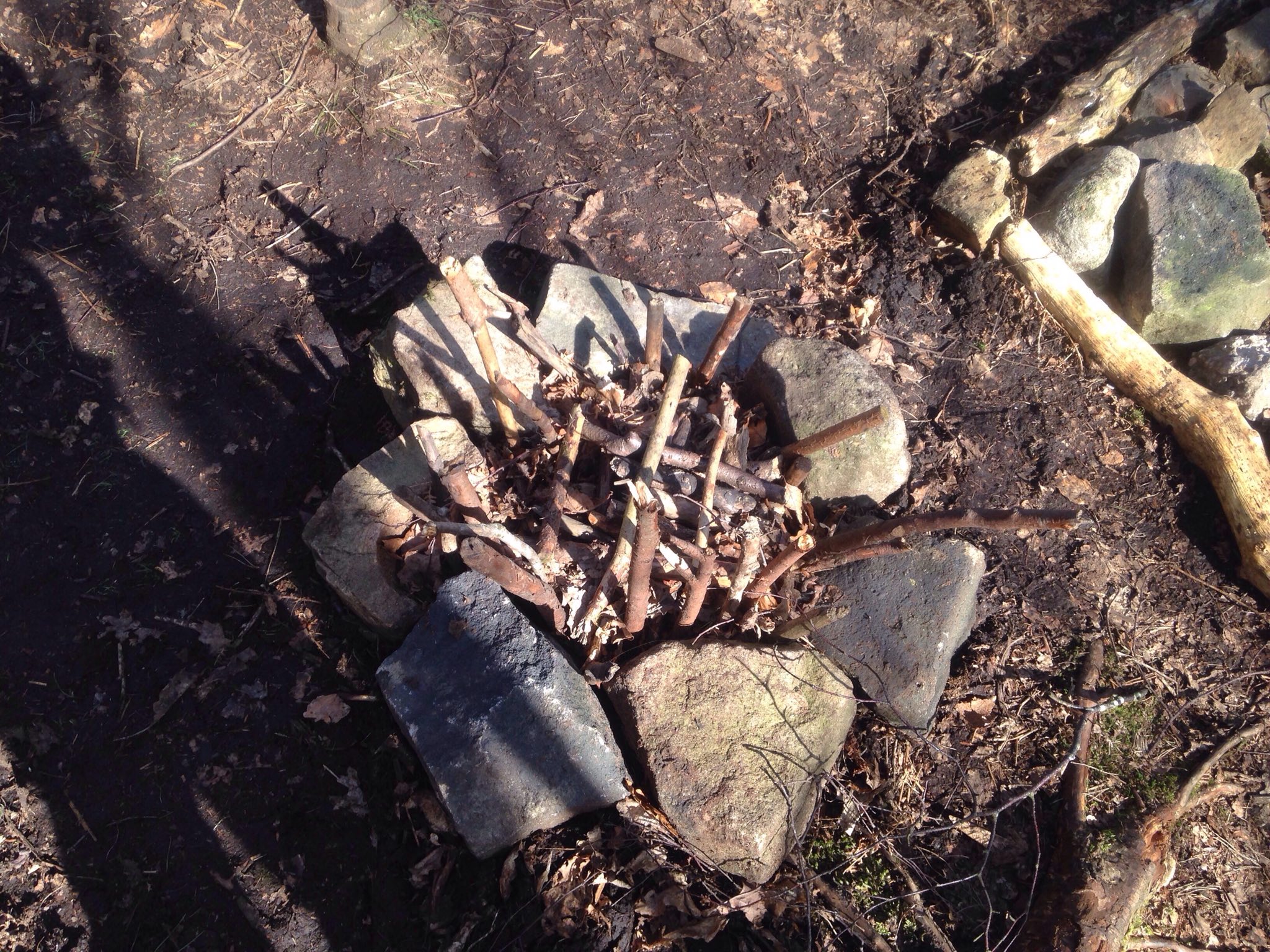
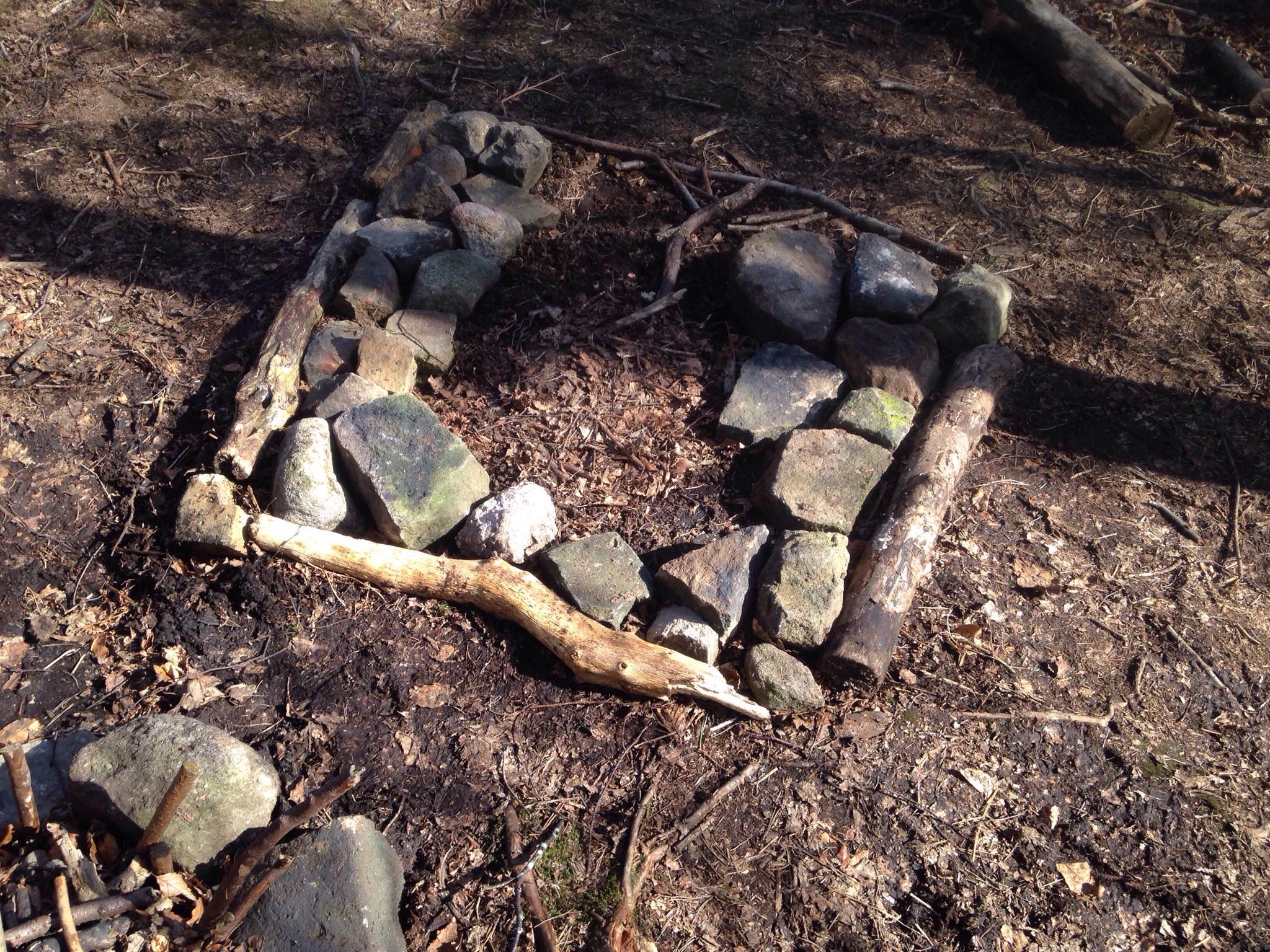
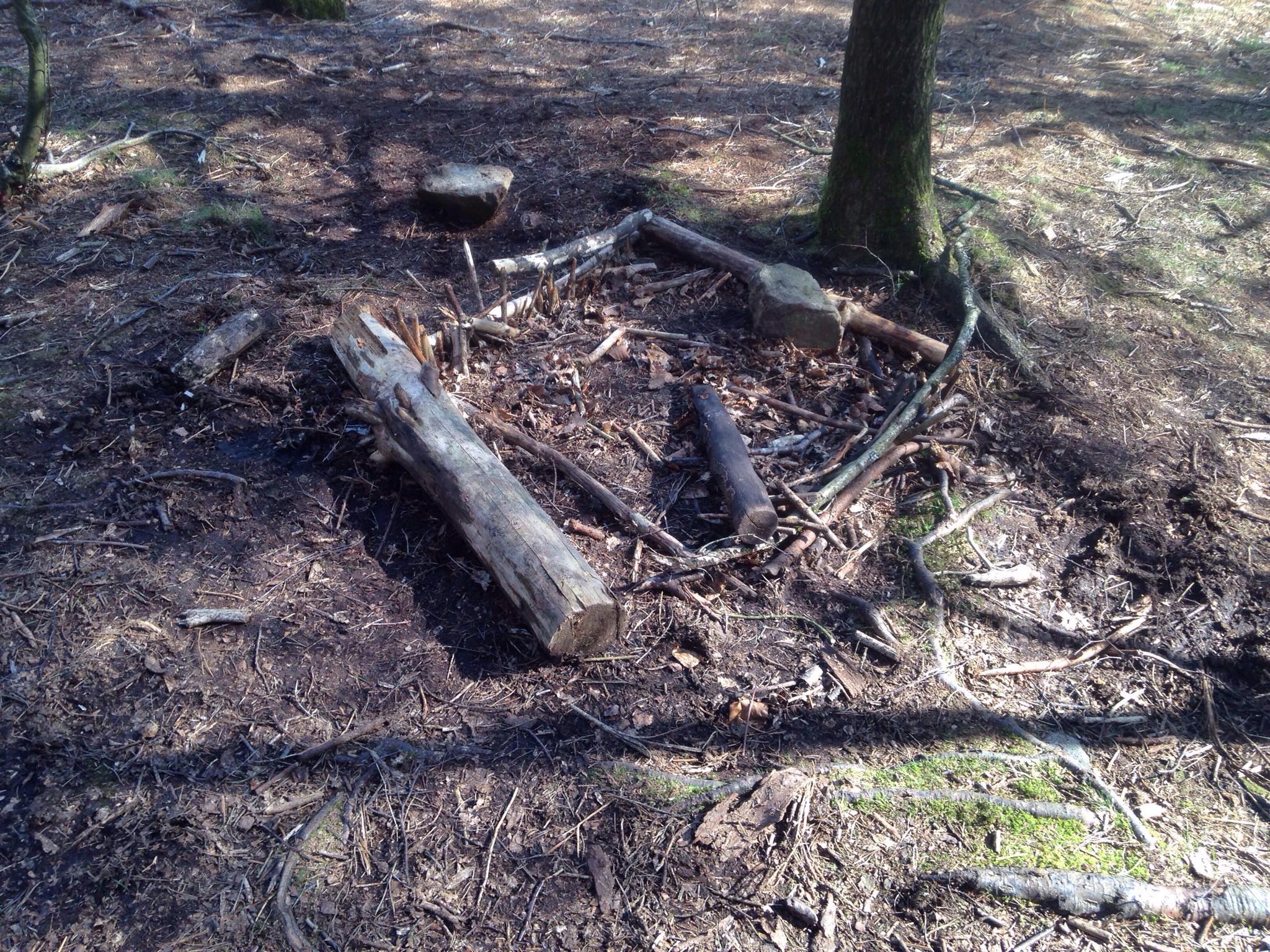
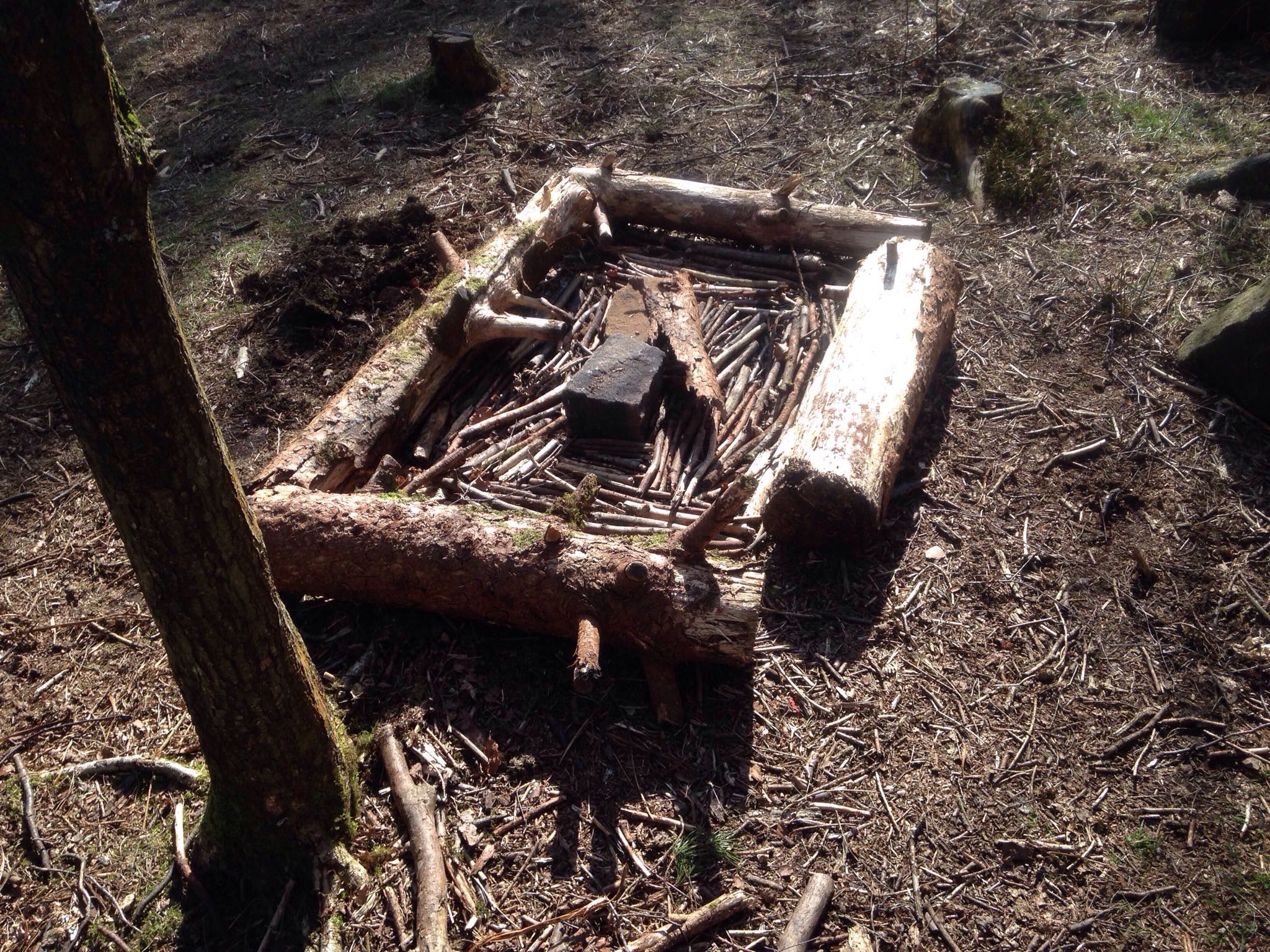
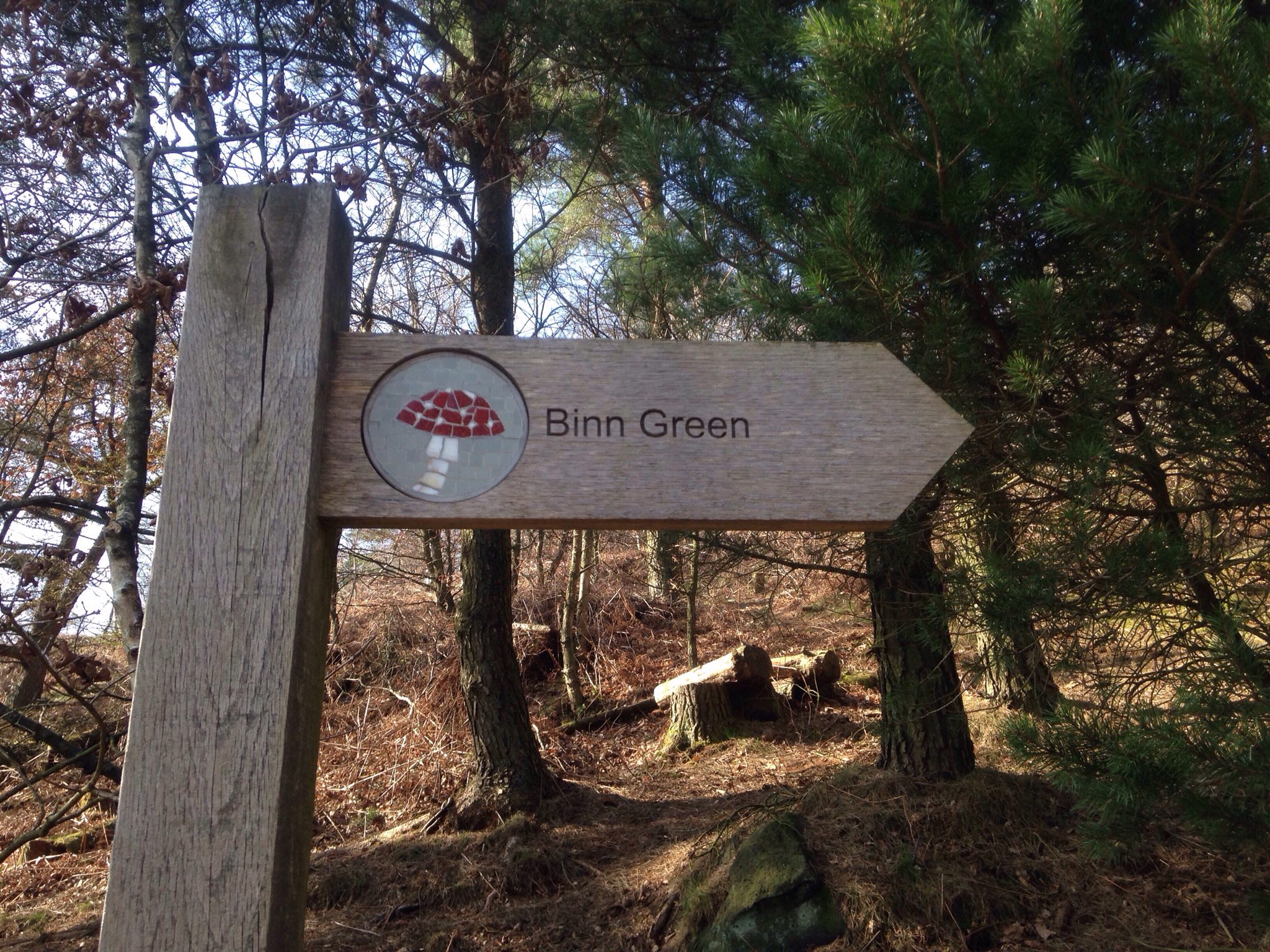



Sent from my iPhone using Tapatalk
Thanks Jeremy again for your comments.
But Wow! I am floored to learn this! I find this amazing. So the documentary team was following the investigators around in real time? Filming these conversations on the phone, in the offices? I am really surprised to hear this. It must have been a huge commitment on everyone's part to make this happen.
To clarify, I did not mean to be critical of the police, and I am not critical. They did an amazing job. I'm just left scratching my head about the unanswered questions, which, it seems to me, as admittedly someone who is completely naive in the way the police and documentary film-makers work, could have, should have and most likely would have been answered in the course of these enquiries.
I guess I'm just wanting more information, and feeling slightly frustrated that it does seem there is more to the story than has been publicly released. But at the same time, I also concede that there is no reason why I, or anyone in the public, ought to feel entitled to know any of this. I suppose it's the internet-era we live in now.
Mostly I'm thinking about David's friend who picked him up from the airport, and who surely knows answers to many of the questions which remain unanswered. I can't really understand why he hasn't revealed what he knows to the police, and why that hasn't become now part of the revealed story. But, again, I can't pretend I understand how these things work, or the sensitivities that must inevitably be involved.
Jeremy, you've mentioned he invited your questions, but isn't responding to his texts. Have you tried just phoning him to discuss?
Again, I really appreciate your willingness to answer questions, and I hope I am not making any inappropriate remarks. At the end of the day, I feel very sad for David's fate, to have died such a lonely death in such a cold and inhospitable place, which just happens to be literally down the road from where I live and am writing these remarks now.
Kids probably done that
Sent from my iPhone using Tapatalk
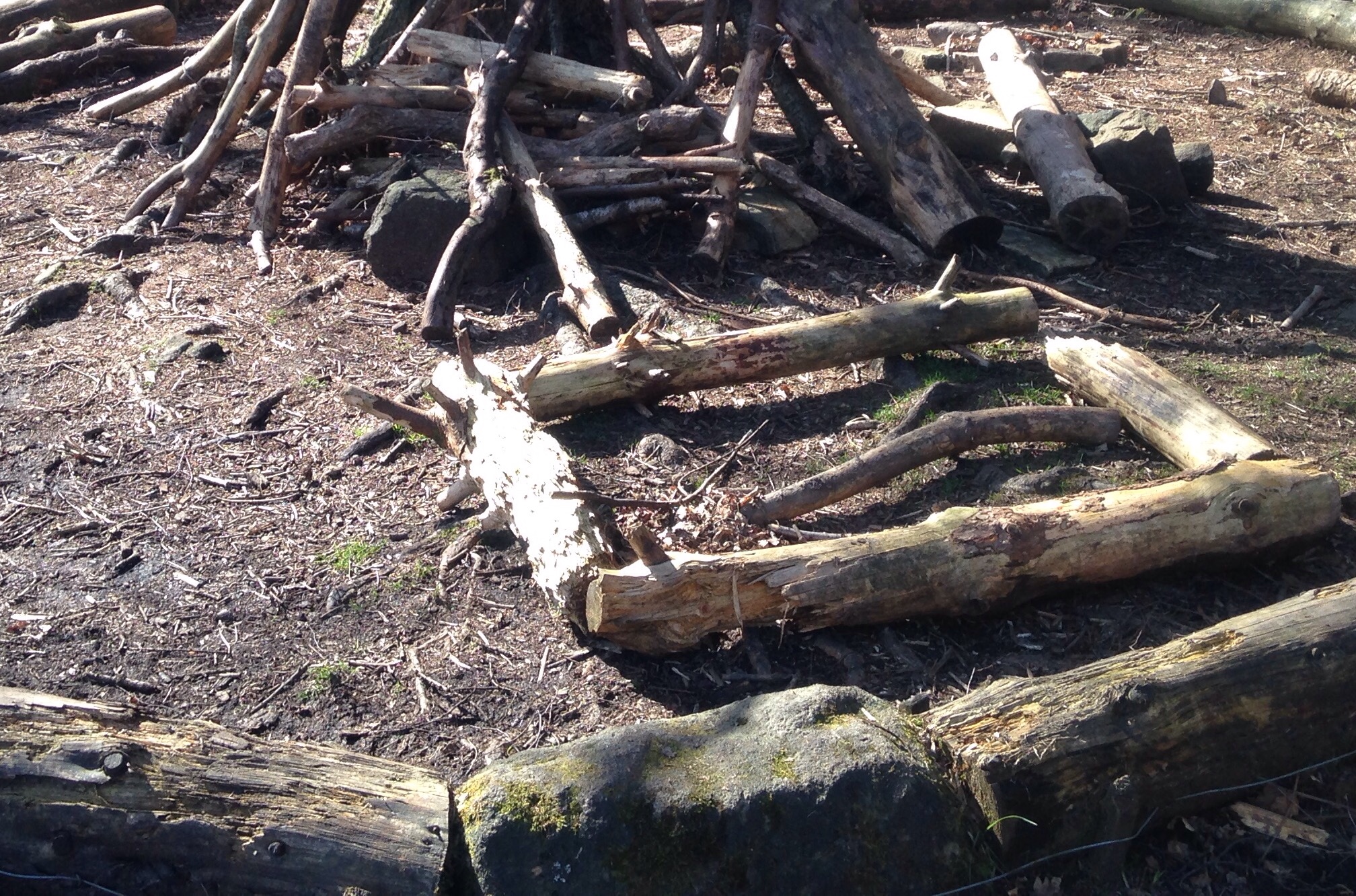
The ring of logs is fixed with wire and staples and pegged to the ground so it's not kids.
I will put a few more pics later.
What do we know about his time in leeds? I seem to remember he was studying psychology and sociology but interested in what years.
Did he drive?
Sent from my iPhone using Tapatalk
1. He was wearing his glasses to check in at Lahore, but was not wearing glasses in the Picadilly CCTV?
3. Pakistan keep cctv images of passengers checking in from a year ago, but apparently Heathrow don't?
4. Manchester city centre is plastered with cctv cameras, yet there are no images of him after leaving Picadilly?
7. He goes to live in a climate which he hates in a country which is not exactly hospitable to his faith
9. He has a large wad of cash on him, enough for 5 nights at a hotel, train tickets and 130 quid left over, yet no record of withdrawing it from an ATM, or a card, or a bank account in the UK?
10. The cyclist discovers his body 10 hours at least after death and the arms are crossed over his chest, yet when emergency services attend the scene his arms are by his side?
13. He has a tube ticket in his pocket from an expired journey when the machines in London keep your ticket after you have passed through the turnstiles?
17. They've spoken to the surgeon who fixed his leg (see interview outside Coroner's Inquest with Det Sgt Coleman), yet what happened to his leg remains a mystery?
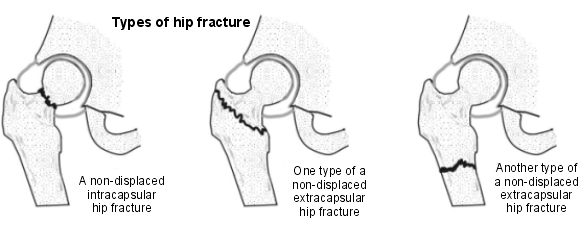
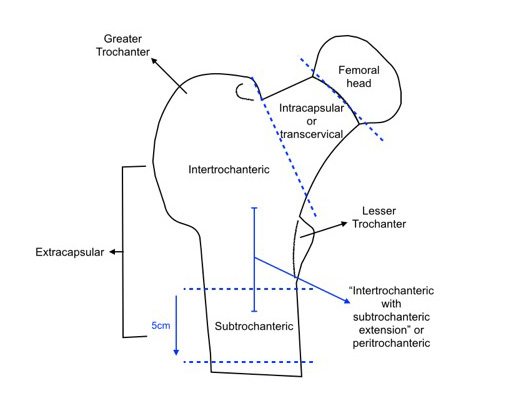
15. We are presented with a Channel Four documentary [...] Or were camera crews following the police around from the beginning of the case? The documentary includes scenes which are completely irrelevant to the final outcome.
Greetings to all. It's my first time browsing & posting here at WS, although I'd been trying to follow the case via mainstream media since 2016.
Is it known if David usually wore glasses ? I do know of people who wear glasses only when necessary (eg. when driving, watching a movie in the cinema, etc.), but take them off immediately after the task is completed. Perhaps David needed to see the flight number & other boarding details properly at the airport in Lahore. Won't want to miss a flight or go to the wrong departure gate due to less-than-perfect eyesight.
Detective Sergeant John Coleman said in one of BBC Radio 4-World at One's podcasts from the 'Body on the Moor' series that "there is no CCTV" at the South Ealing locality, & "no CCTV in working order on that day" inside South Ealing tube station. I don't recall any mention of CCTVs at Heathrow Airport.
Ref: Podcast Episode 2 (08 Jun 2016) @ 6:18 - 6:31 min
Was David a practising Jew, or did he exhibit any prominent cultural habits that suggest he was Jewish ? Neither his "white European" appearance nor his changed last name (Lytton) would exactly cause people to think that he might be Jewish.
On this note, a BBC News report (14 Mar 2017) indicates that the police found that David had "an interest in different religions, including Buddhism and Islam". Presumably, David might have had discussed Islam & Buddhism (rather than Judaism) with his non-Jewish associates.
Did David still maintain a bank account in the UK, after he left for Pakistan in Oct 2006 ? If not, don't people usually change currency at the moneychanger's before they reach the airport, or alternatively, at the airport itself (either at the source or destination country) ?
Also, for an independent traveller not on a recreational holiday, it makes better sense to request for smaller denominations (if possible), so it's not surprising to me that David was discovered with £130 in £10 notes.
According to Manchester Evening News' report about the 15 Mar 2017 inquest ...
14:31: "Keen cyclist Stuart Crowther discovered Mr Lytton’s body at around 8.30am on December 12 2015. He called 999 and was asked to stay with the body and check his pockets for identification but found none. He said the body was ‘pale and still’ and the man was lying with his head towards the peak of the hill."
Since David's "arms were across his chest" when first spotted by the cyclist (ref: Podcast Episode 1, 07 Jun 2016 @ 4:05 - 4:09 min), perhaps Crowther searched David's trouser pockets first, followed by his jacket, thereby moving David's arms from the classic "coffin posture" to his sides.
In any case, I find the instructions unusual. Is it standard protocol for UK's emergency services to advise members of the public to search a victim in the absence of a specialist party ? What if evidence were inadvertently contaminated, lost or destroyed ?
As for the crossed arms & straight legs posture, I've often seen the exact same posture in someone who has pressed the snooze button on the alarm clock but wants more time to doze. It is as if the posture is supposed to act as reminder to wake up later.
Since it was already dark, as well as extremely cold (around 2°C), wet & windy (with rain falling almost sideways) when David was up at Saddleworth Moor, did he perhaps choose to lie down & rest against the slope beside the tarmac path he was walking on ? I wouldn't lie down on the path itself, in case I get kicked or run over in the dark. And depending on the direction of the prevailing wind, parking oneself against a slope might offer some protection from the elements.
Perhaps David purchased that ticket, but ultimately did not take the tube ?
In BBC Radio 4's podcast series on this case, DS John Coleman mentioned that based on hospital records retrieved from Pakistan, the broken bone was the result of "a confrontation", while the "extracapsular fracture" (essentially a fracture just below the hip socket) was described as being caused by "quite a significant impact fall".
On the other hand, David's Pakistani neighbour who reportedly took care of David during his post-surgical recovery in Pakistan was quoted as saying that David's broken bone was due to an "accidental fall".
Ref: Podcast Episode 7 (15 Mar 2017) @ 6:15-6:26 min
Ref: Podcast Episode 6 (24 Jun 2016) @ 3:36-3:46 min, 4:14-4:25 min
From the implications of the word "confrontation", it suggests that David might have been pushed by someone or knocked down by a vehicle, & he fell heavily on his hip.
Below are sample diagrams illustrating what an extracapsular fracture looks like.

See middle & right. Source: Hip Fracture (Patient.info)

Source: Hip Fractures: Extracapsular Neck of Femur Fractures (OxfordMedicalEducation.com)
I have not watched the Channel 4 documentary (the video is not accessible to me), but the above description applies exactly to the aforementioned BBC Radio 4-World at One's podcast series (7 podcasts in total, released between Jun 2016 & Mar 2017) as well.
BBC Radio 4's crew apparently trailed the police throughout the investigations. And all the "irrelevant" red herrings (including the guy who thought "Neil Dovestone" was his father, a mistaken DNA match from Slovakia, etc.) were podcasted accordingly, perhaps to make the investigation efforts appear more exhaustive & the story more interesting.
And in the most recent podcast (no. 7), the reporter described that the outcome of the case so far has raised even more questions, & listeners expecting a neat resolution would probably be disappointed.
Incidentally, I read at this forum that the Channel 4 documentary mentioned a second extant (unnamed) girlfriend. None of the aforementioned BBC podcasts ever alluded to that.
Just to add, pagan altars are made to worship nature's spirits and the gods and goddesses They are adorned with items from nature, and other items to represent the 4 elements, such as candles, water, earth, and feathers for example. Nothing sinister at all.
